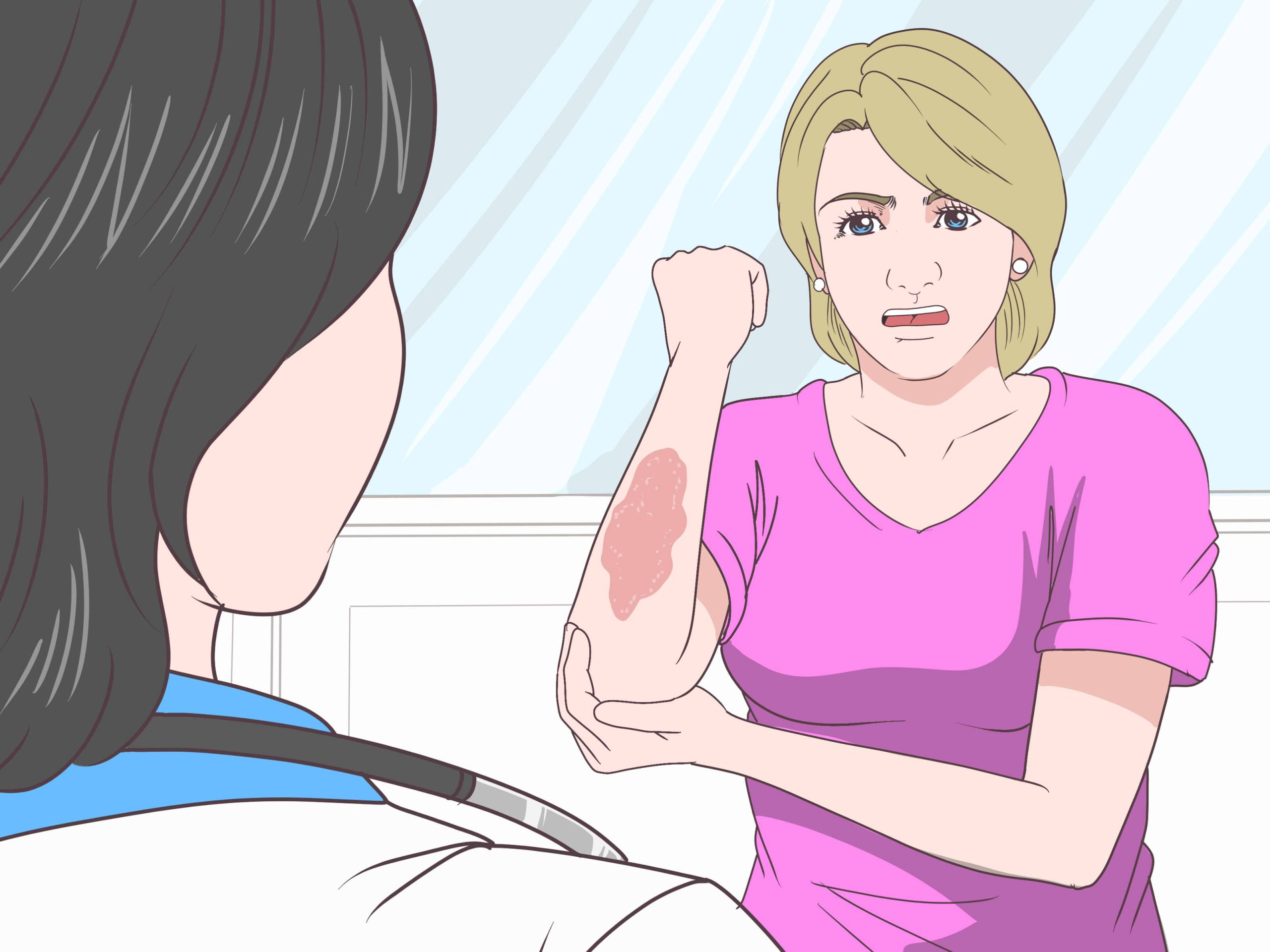Burns and scalds are a common occurrence, especially in the kitchen or workplace. They can be caused by hot liquids, steam, fire, or contact with a hot object. Burns and scalds can range from mild to severe, with the severity depending on the depth of the burn and the extent of the affected area. When burns and scalds occur, it is important to respond promptly to minimize damage and prevent further injury.
Here are some steps to take when responding to burns and scalds:
1. Remove the source of the burn or scald
The first step is to remove the source of the burn or scald. This could mean turning off the stove, moving away from the steam, or removing the hot object. If the person is on fire, they should be instructed to stop, drop, and roll.
2. Assess the severity of the burn or scald
The next step is to assess the severity of the burn or scald. Burns and scalds are classified into three categories: first-degree, second-degree, and third-degree.
First-degree burns are the mildest and only affect the top layer of skin. They are characterized by redness, pain, and swelling.
Second-degree burns affect the top and second layer of skin. They are characterized by blisters, severe pain, and swelling.
Third-degree burns are the most severe and affect all layers of skin and underlying tissues. They are characterized by a charred or white appearance, no pain or sensation, and a risk of infection.
3. Cool the burn or scald
The next step is to cool the burn or scald. This can be done by holding the affected area under cool, running water for 10 to 20 minutes. Do not use ice, as it can cause further damage to the skin. If cool water is not available, a clean, damp cloth can be used to cool the area.
4. Cover the burn or scald
After cooling the burn or scald, cover the affected area with a clean, dry bandage or dressing. This will protect the area from infection and further injury. Do not apply any creams, lotions, or ointments unless instructed to do so by a medical professional.
5. Seek medical attention
If the burn or scald is severe, seek medical attention immediately. This includes third-degree burns, burns larger than the size of a credit card, burns on the face, hands, feet, or genitals, and burns that are accompanied by other injuries, such as a fall or electrical shock.
In addition to the above steps, there are some things to avoid when responding to burns and scalds:
- Do not break any blisters that may have formed. Blisters act as a protective barrier for the skin underneath.
- Do not remove any clothing that is stuck to the affected area. This could cause further damage to the skin.
- Do not apply any creams, lotions, or ointments unless instructed to do so by a medical professional.
Preventing burns and scalds
Prevention is the best way to avoid burns and scalds. Here are some tips to help prevent them:
- Keep hot liquids and foods away from children and pets.
- Use oven mitts or pot holders when handling hot objects.
- Turn pot handles towards the back of the stove to prevent accidental spills.
- Never leave hot liquids or foods unattended.
- Wear protective clothing, such as gloves or aprons, when working with hot objects.
- Have a fire extinguisher nearby and know how to use it.
In conclusion, burns and scalds can be a painful and potentially dangerous occurrence. It is important to respond promptly when they happen to minimize damage and prevent further injury.

